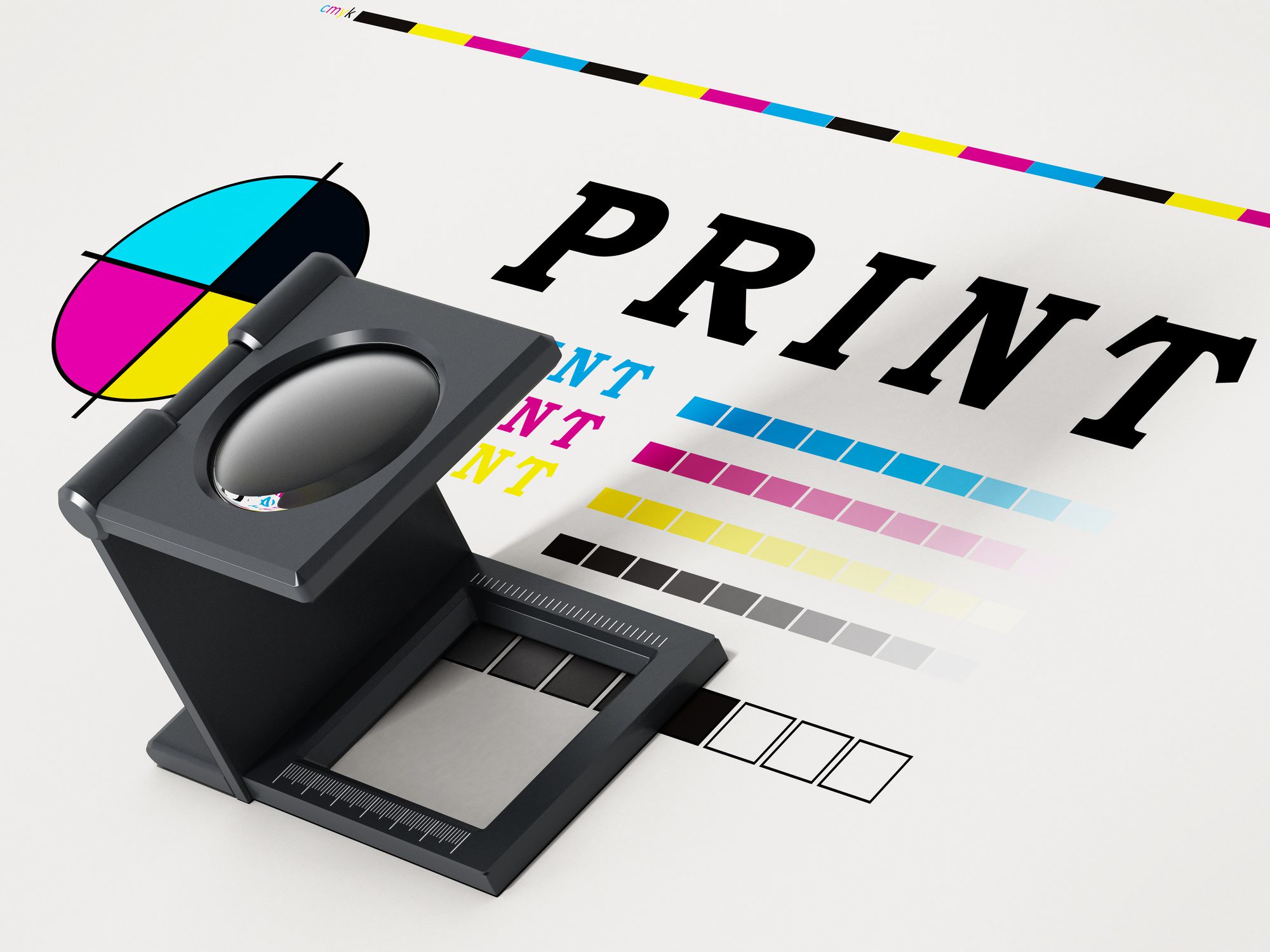Recognizing Just How Digital Printing Transforms the Printing Sector
The printing industry, long steeped in standard approaches, is undergoing a radical makeover with the development of electronic printing. This innovative innovation, which avoids the demand for printing plates, enables fast production and personalization, improving the landscape of print interaction. With its potential to spur interaction with customized web content and to use sustainable services, it's clear that digital printing is more than a technical innovation; it's a crucial game changer. But how exactly does it revolutionize the market? Let's explore.
The Development of Digital Printing: A Short Review
Given that its beginning, electronic printing has undergone considerable transformations, consistently transforming the printing industry. Its advancement began with the development of xerography in the mid-20th century, a procedure which laid the foundation for printer. With the advent of the 90s, digital printing modern technology started to grow, and the sector saw the intro of direct imaging presses, which got rid of the requirement for printing plates. As the brand-new millennium unfolded, advancements in innovation better spurred the growth of electronic printing, bring about the production of high-speed inkjet printers. These devices offered remarkable top quality and speed, forever changing the landscape of the market. Today, electronic printing stands as a testimony to human advancement, constantly advancing to meet the ever-changing demands of the contemporary globe.

Unpacking the Modern Technology Behind Digital Printing
Looking into the details of electronic printing modern technology, one experiences an abundant tapestry of innovative equipment and facility algorithms. At the heart of this process lies an electronic photo, which is refined by software program that splits it right into a grid of dots. These dots are then transformed right into a digital code. This code is translated by the printer, which utilizes it to precisely transfer beads of ink onto the substrate. The beads are so small and precise that they create an image that is practically indistinguishable from the initial. This elaborate system, boosted by advanced software and high-resolution imaging, has actually transformed the landscape of the printing industry, leading the way for unmatched levels of information and accuracy.

The Benefits of Digital Printing for Services
Recognizing the innovation behind digital printing gives a clear photo of its accuracy and information. Digital printing is eco pleasant, utilizing less ink and creating much less waste. The full potential of digital printing is understood when made use of for personalization and customization, a topic that will certainly be covered in depth in the following area.
The Function of Digital Printing in Modification and Personalization
While typical printing techniques battle with customization and personalization, electronic printing stands out in these areas. It allows for the simple modification of styles, without the need for pricey and time-consuming plate adjustments (print on demand). This enables businesses to tailor products to private consumers, conference details needs and improving client fulfillment
Digital printing likewise enables variable data printing, where elements such as text, graphics, and images may be changed from one printed item to the next, without decreasing the printing procedure. This is specifically advantageous for direct marketing projects, where customized messaging can significantly boost reaction rates. By doing this, electronic printing not only revolutionizes the printing industry but also find out here transforms the way companies interact with their clients.
Analysing the Environmental Influence of Digital Printing
Although electronic printing has actually been admired for its duty in modification and personalization, it is vital to analyze its environmental effect. Digital printing can be much less inefficient than traditional approaches, since it runs on a 'print on need' basis, removing the need for big print runs that can lead to excess and waste. Furthermore, it utilizes less chemicals and generates much less unstable organic compounds (VOCs) compared to counter printing. Nonetheless, the energy usage of digital printers can be high, over at this website resulting in raised carbon impact. The usage of non-recyclable printing components and the obstacle of e-waste management present substantial ecological worries. While digital printing has several advantages, its ecological influence should be conscientiously taken care of.
Conclusion
To conclude, electronic printing has actually changed the printing market, supplying rapid, economical, and premium services. It assists in customization, enhancing client involvement, and utilizes a sustainable print-on-demand design. As this modern technology continues to evolve, its effect on service interaction, client fulfillment, click for source and environmental sustainability comes to be significantly extensive. Understanding these modifications is important for businesses to take advantage of the benefits of digital printing efficiently.